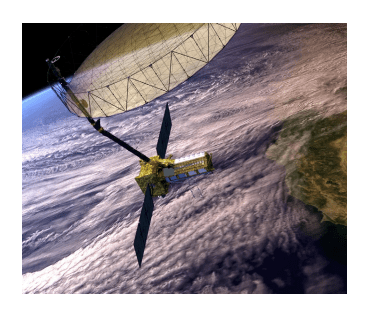United Launch Alliance (ULA) envisions its new, powerful Vulcan Centaur rocket as playing a key role in defending satellites from potential threats in space. Centaur, the upper stage of the Vulcan Centaur, is designed for orbit. During the recent Spacepower Conference in Orlando, Florida, ULA CEO Tory Bruno said that Centaur could be upgraded to function in a defensive capacity in orbit. If an adversary were to endanger U.S. Space Force assets, the Centaur could operate as a “space interceptor” that could act fast to provide defense. “What I’ve been…
Read MoreDay: December 24, 2024
Collaboration Is Key to A Strong Materials Discipline
NASA has a strong need for advanced materials and processes (M&P) across the realms of robotic- and crewed-spaceflight, as well as aeronautics, particularly when one acknowledges that all craft must be made of something. To meet that need, the materials discipline relies on collaboration—both between centers and across disciplines. Reaching the Agency’s Moon-to-Mars objectives will require leveraging each center’s specific M&P expertise, cross-training among the centers, and routinely interacting with the 20-plus Agency disciplines like structures, space environments, and loads and dynamics. When a discipline touches all classes of materials;…
Read MoreCharacterizing the Visual Experience of Astronauts at the Lunar South Pole
Humans are returning to the Moon—this time, to stay. Because our presence will be more permanent, NASA has selected a location that maximizes line-of-sight communication with Earth, solar visibility, and access to water ice: the Lunar South Pole (LSP). While the Sun is in the lunar sky more consistently at the poles, it never rises more than a few degrees above the horizon; in the target landing regions, the highest possible elevation is 7°. This presents a harsh lighting environment never experienced during the Apollo missions, or in fact, in…
Read MoreMars orbiters witness a ‘winter wonderland’ on the Red Planet (photos)
Hoping for a white Christmas this year? Well, even if there’s no snow where you live, at least you can enjoy these images of a “winter” wonderland on Mars. Taken by the German-built High Resolution Stereo Camera (HRSC) on the European Space Agency’s (ESA) Mars Express orbiter in June 2022, and by NASA’s NASA’s Mars Reconnaissance Orbiter using its High-Resolution Imaging Science Experiment (HiRISE) camera on September 2022, these images showcase what appears to be a snowy landscape in the Australe Scopuli region of Mars, near the planet’s south pole.…
Read MoreBlack hole paradox that stumped Stephen Hawking may have a solution, new paper claims
Nothing is supposed to escape a black hole’s event horizon — yet new research suggests it may secretly leak information. That leakage would appear in subtle signatures in gravitational waves, and now we know how to look for them, the study authors say. In 1976, Stephen Hawking rocked the astrophysics world with his discovery that black holes aren’t entirely black. Instead, they emit tiny amounts of radiation and, given enough time, can give off so much that they disappear entirely. But this introduced a massive problem. Information flows into black…
Read More



